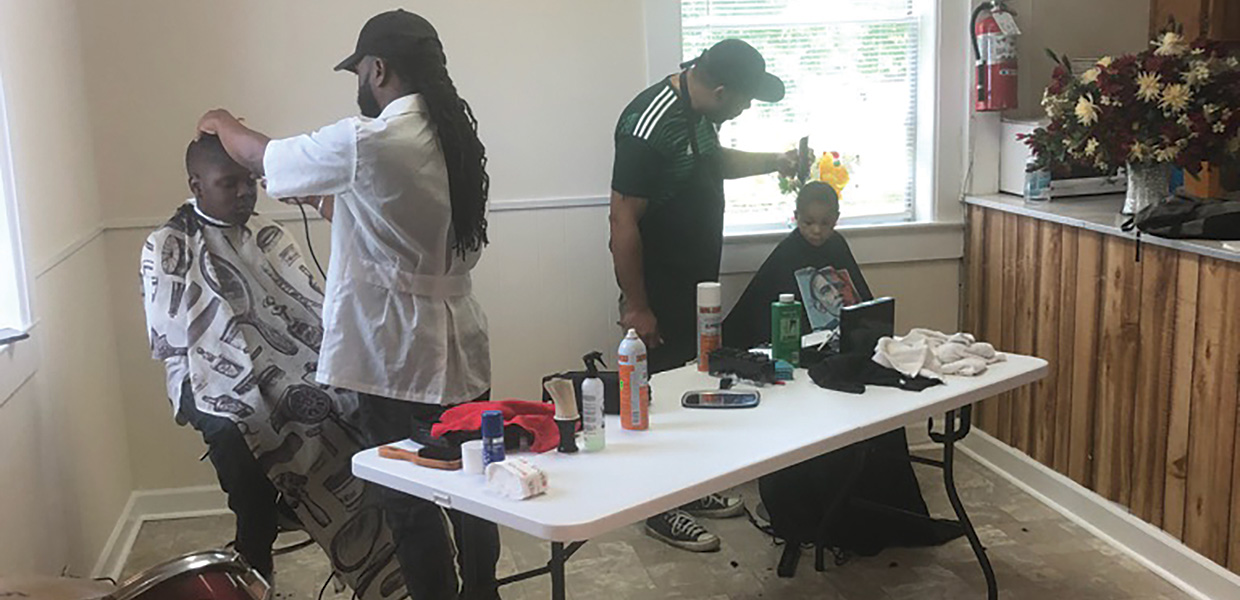
Austin Humphreys shares his personal testimony.
When I arrived at Maranatha Church in Washington, N.C., I met a congregation of 13 people whose youngest member was around 65. The church has experienced minimal growth during the last 25 years.
In the fall of 2017, I went door to door introducing myself as the pastor of the red brick church down the street. My purpose was not to invite people to a program, but to let them know that the congregation cares about them. A common need people shared with me was for canned goods at the end of the month to hold them until payday.
Maranatha responded by starting “Community Saturdays” once a month, where the members dressed casually and condensed the worship service. Afterward, large bags of food were given to every family who came. Each family provided their contact information to Maranatha to stay in touch via letters, flyers, and postcards about relevant events and services.
Developing consistent relationships formed the outreach methods. Through community partnerships, Maranatha provided free haircuts, homework assistance, family portraits, resume writing, and more. The haircuts were especially appreciated by the single parents in the community. Ministering to practical needs has been drawing many to regularly attend worship services.
Special evangelistic funds from the Conference empowered the members to launch a major two-week “Key’s 2 Life” revival. One hundred percent of the members attended every night. Joyce Thrower, lead Bible worker, along with two student Bible workers, was instrumental in gaining decisions from the community contacts that the members collected. As a result, Maranatha baptized 10 individuals between July 28 and August 4, 2018 — the largest baptism in its church history.
South Atlantic | November 2018



Comments are closed.